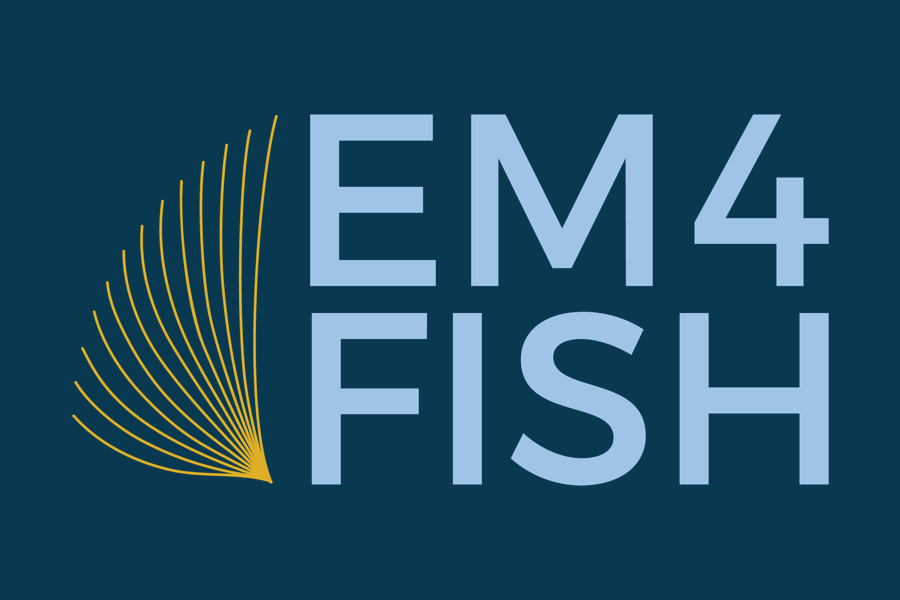
Diagram of recommended electronic monitoring (EM) camera configurations for Hawaiʻi longline vessels. Figure courtesy of Carnes et al. (2019).
The Pacific Islands Fisheries Science Center (PIFSC) is currently evaluating how to effectively use electronic monitoring (EM) systems in Hawaiʻi-based pelagic longline fisheries as a data collection tool. These fisheries are comprised of two sectors, a deep-set fishery targeting bigeye tuna (Thunnus obesus) and a shallow-set fishery targeting swordfish (Xiphias gladius), with fisheries-dependent data collected from three sources: captain logbooks, dealer reports, and at-sea observers. Each data set has limitations. Logbook data consist of industry reported data, which historically underreport bycatch that are discarded, such as sharks (Camhi et al. 2009). Dealers report weights for marketable fish; consequently, average weights calculated from these data do not represent discards. At-sea observer data provide information on both discarded and retained catch, including subsamples of lengths which are limited to estimates for animals not brought aboard. At sea observer data are collected on about 25% of fishing trips (100% of shallow-set trips and 20% of deep-set trips); whereas logbook and dealer data sets provide data from all fishing trips. EM provides a method to supplement these data streams to reduce potential sources of bias and inform management of the Hawaiʻi longline fisheries.
To evaluate the efficacy of EM as a monitoring tool, 18 systems were installed on Hawaiʻi longline vessels for this pre-implementation study. These EM systems included video cameras to capture footage for fish and protected species (sea turtles, seabirds, and marine mammals) identification, global positioning systems (GPS) for fishing location, and fishing gear sensors that help detect catch events (i.e., reel rotation, hydraulic pressure, and vessel speed generally decline when large fish are brought aboard) and trigger video cameras to record during gear retrieval.
Click here to access the full report

